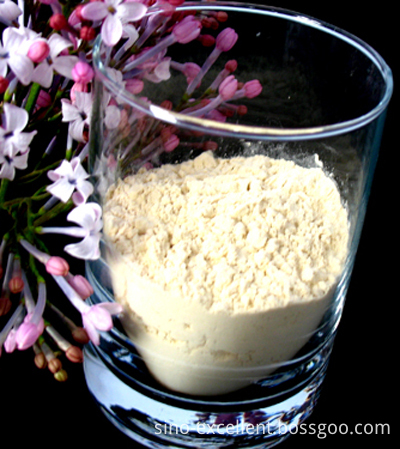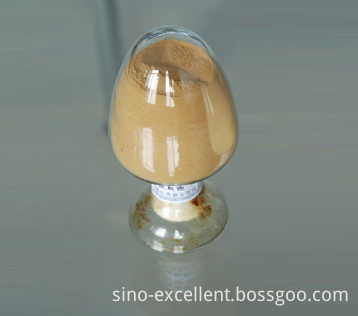Causes and Prevention of Ginkgo Fruit Drop
First, the reasons for drop (1) Insufficient nutrients. Generally, the first fruit drop peak occurs from mid-May to early June, and the second fruit drop peak occurs in early July. (2) Improper artificial pollination. If the time of pollination is improperly controlled or the male flowers that are too tender or have become mildewed, the fertilization will be unfavorable and cause fruit drop. If the number of female flowers is large and the amount of pollination is large, heavy loads will result. Although there will be a phenomenon of "fruitful branches" for a while, it will have an adverse effect on the growth of trees in the year and even in the following years. (3) pests and diseases. After the ginkgo trees are harmed by pests and diseases, their growth is often hindered and the tree vigor is weakened, causing fruit drop. (4) Environmental factors. Ginkgo biloba has strong adaptability to climate and soil conditions, but it grows slowly under high temperature and water conditions, and grows poorly in soils that are thin, overly humid, or too salty. If the long-term growth in the compaction or be affected by soil moisture, high groundwater level, the root growth is blocked, resulting in fruit drop. In addition, severe weather such as typhoon and hail can cause fruit loss. Second, prevention and control measures 1. Adhere to scientific fertilization and timely supplement of nutrients. Should be based on the size of the tree, 0.5-1 meters away from the dry base to the canopy edge excavation, ditch depth 20-40 cm, width 30-50 cm. (1) Apply base fertilizer in winter. After ginkgo deciduous decrepitude, with deep-rooted basal fertilizer, organic fertilizer is the main ingredient, which lays the material foundation for the growth and development of the tree in the following year. (2) In the spring, the bud fertilizer and the fertilizer before flowering are applied. Before the germination of Ginkgo biloba in early March, nitrogen fertilizer was used as the main ingredient, and appropriate amounts of P and K fertilizers were used to promote the growth of early shoots and flower buds and increase fruit set. Spraying 3% borax solution during flowering can also reduce the physiological fruit drop of Ginkgo biloba. (3) Apply long fruit fertilizer in summer. At the beginning of May, quick-acting fertilizers are the main fertilizers. Applying extra-root fertilizer and using phosphate fertilizers will help increase the fruit setting rate. (4) Applying micro-fertilizer in autumn. At this time, when the seed is in the hard core stage, nutrient and reproductive growth are in the peak period. In addition to the application of N, P and K, it is also necessary to apply boron, manganese, zinc and other trace fertilizers as appropriate. 2. Adhere to scientific pollination and maintain a reasonable load. The optimum period of artificial pollination depends on the temperature and maturity of the male and female flowers. When the result is that there are shiny small drops of water on the 1/2 to 2/3 of the male flower tip (ie, the embryo ball) on the mother tree (observed in the morning at 8-9 AM), the best pollination period, sunny morning At 8-10 hours, the pollination effect is best at 4-6 pm, and cloudy days can be conducted throughout the day, taking care that the results do not cause overload. 3, timely control of pests and diseases. The main pests that damage the ginkgo are Ginkgo biloba and leafworms, and the main pests are leaf blight. Generally from late April to mid-June is the damage period of Ginkgo biloba larvae. The most effective prevention time and method is 7-10 days (generally from late April to early May) after artificial pollination in larval stage, with 2.5% bromine. The cypermethrin emulsion 3000-4000 times sprayed to the crown 1-2 times, the effect is very good. For woodworm moths and other dry insect pests, if wormholes are found, immediately fill the holes with 40% dimethoate and other oils, coat them with yellow mud, gypsum or wrap them with plastic film to kill pests. The prevention and control of leaf blight should begin with strengthening management and enhancing tree vigor.
China professional manufacturer, produce and supply Panax Ginseng Leaf and Stem Extract; Panax Ginseng Flower Extract; Panax Ginseng Berry Extract; Panax Ginseng Root Extract; Korean Ginseng Extract; America Ginseng Leaf adn stem extract; America ginseng root extract,, meet CP, EP, USP standard.
Also can supply organic ginseng extract and low pesticide residue ginseng extract
Panax Ginseng Extract, Korean Ginseng Extract,America Ginseng Extract Excellent Health Products Co.,Ltd. , https://www.sino-excellent.com



